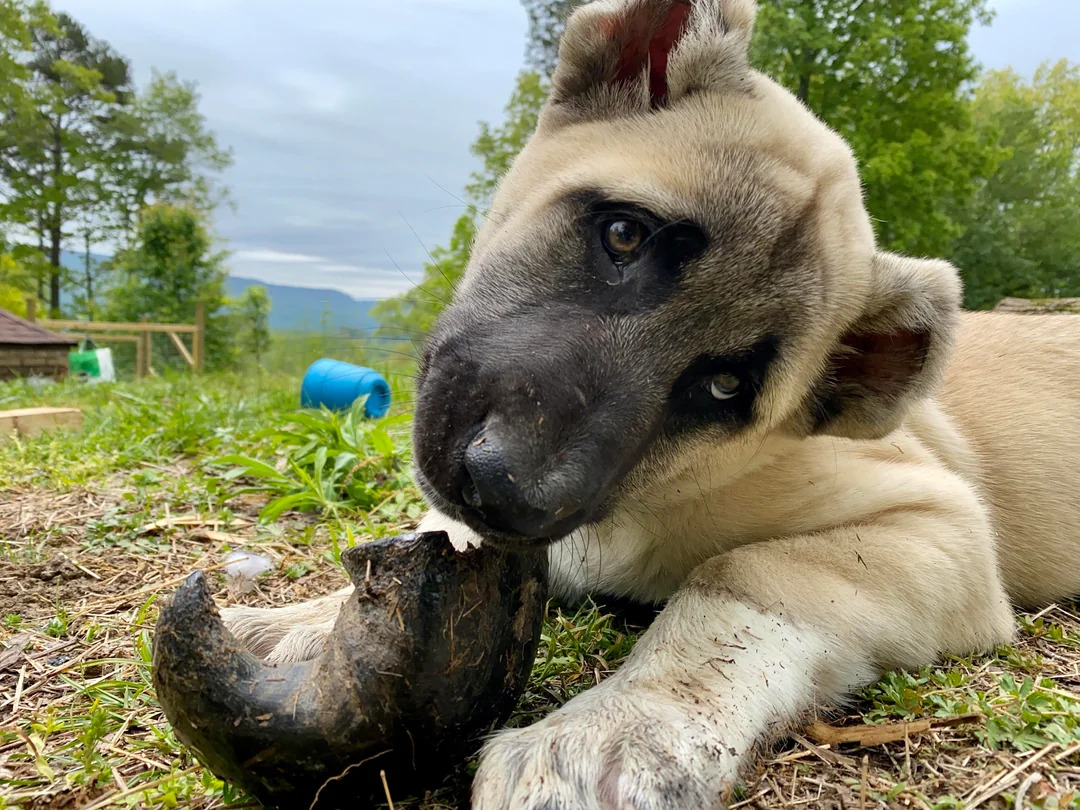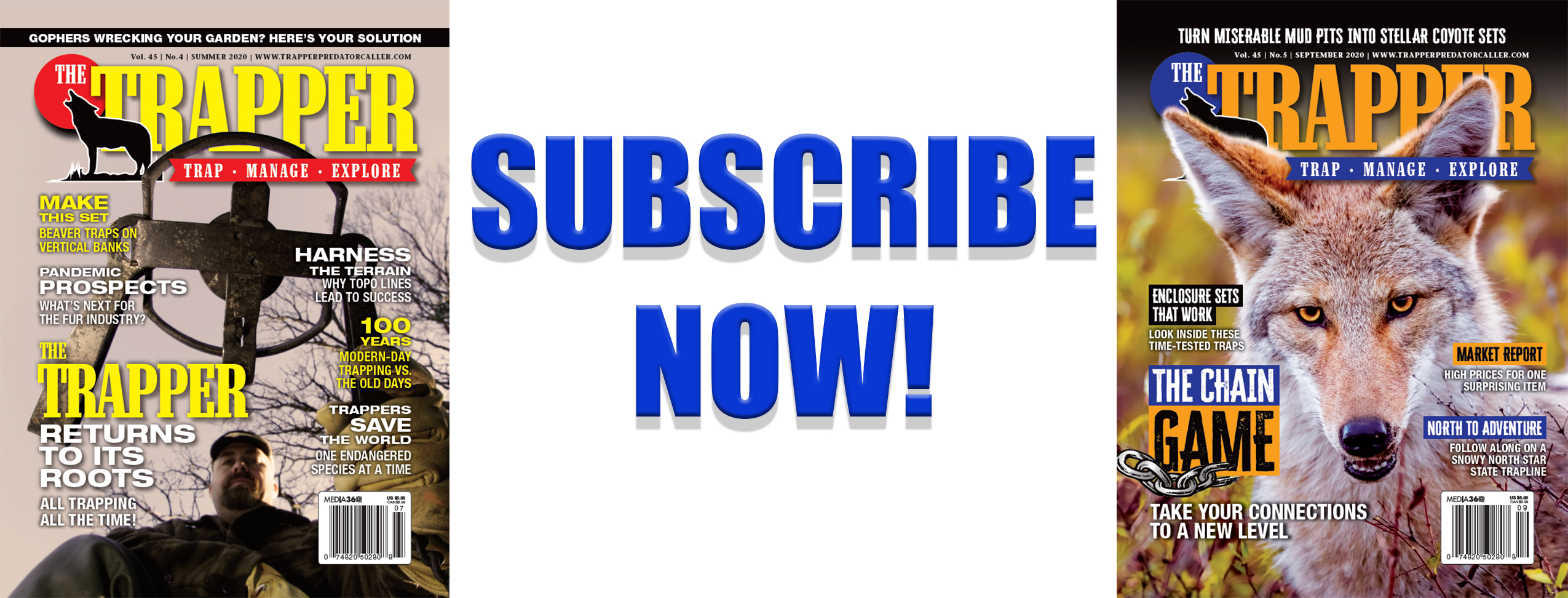A 41-year-old crop farmer and his son are facing heavy fines and possible jail time for shooting and killing a neighbor’s dog that wandered onto their property.
The Trapper is not naming the men, as all charges have not been officially filed. The incident occurred on November 16, 2024, when the farmer ordered his son to retrieve a rifle and shoot the dog, a one-year-old Turkish Boz Shepherd valued at $3,000.
The dog had followed a child from its home to the mailbox that morning but never returned. The family and neighbors searched cornfields and woodlots for days, calling, knocking on doors, and reviewing cameras. The dog was not known to roam and had never left its property before.
According to law enforcement reports, the farmer initially denied any involvement. Later, he admitted that he told his son to pull the trigger, claiming the animal was chasing deer. The son confessed to investigators that he shot the dog in the head, but the first bullet did not kill it. For nearly a minute, the animal yelped and screamed before a second shot ended its life.
Two days later, deputies found the dog’s body buried under leaves in a wooded ravine behind a ladder stand. Officers also noted evidence of baiting nearby, including buckets and corn spread around the hunting site.
What began as a boy’s simple trip to the mailbox ended with deputies hauling the 165-pound carcass of a family pet up a hill, a devastated family weeping, and two men in custody on suspicion of animal mistreatment.
Vernon County District Attorney Angela Palmer-Fisher confirmed that both defendants are on a diversion agreement — essentially a plea arrangement in which the individuals admit guilt or no contest and must complete court-ordered conditions in exchange for a reduced charge. Because the case is still pending, Palmer-Fisher declined further comment on sentencing.
If prosecutors pursue the most serious option, the two could face Class I felony charges under Wisconsin law. A Class I felony is the lowest felony level in the state but still carries severe consequences: up to 3.5 years in prison, a $10,000 fine, and permanent loss of firearm ownership rights. A felony conviction also leaves a lifelong criminal record that can affect employment, housing, and the ability to legally hunt or trap.
The Legal Framework
In Wisconsin and across the U.S., animal cruelty laws protect domestic pets from harm. Even if a trapper didn’t intend to catch a pet, negligence — such as placing traps too close to homes or ignoring check laws — can result in charges.
- Negligent Harm: If a pet is injured due to careless trap placement, the trapper may face misdemeanor charges, fines, and civil liability.
- Intentional Harm: If evidence shows a trapper knowingly set out to harm a domestic animal, the charge can escalate to a felony with prison time.
- License Revocation: State wildlife agencies can suspend or permanently revoke trapping privileges.
- Civil Damages: Pet owners can sue for veterinary bills, replacement value (especially for purebred or working dogs), and emotional distress.
For trappers, this doesn’t just mean financial hardship — it can mean the loss of the very privilege to trap, damaging reputations built over decades.
 Responsibility and Community Relations
Responsibility and Community Relations
Trappers are ambassadors for the outdoor lifestyle. One pet caught in a coyote set can make headlines that overshadow a thousand successful, ethical catches. Public opinion is fragile, and anti-trapping groups seize on any story of harm to push for bans.
That’s why trappers must go above and beyond the law to demonstrate responsibility. By avoiding high-risk areas, checking traps diligently, and communicating with neighbors, trappers can prevent conflicts and safeguard the future of trapping.
What Happens If a Trapper Harms a Pet?
- Charges: Negligent or intentional animal cruelty.
- Jail/Prison: 9 months (misdemeanor) to 3.5 years (felony).
- Fines: Up to $10,000.
- Loss of Trapping License: Revocation for years, sometimes for life.
- Civil Lawsuits: Owners may recover thousands for vet bills or lost breeding/working potential.
- Public Backlash: One incident can drive anti-trapping legislation.
Practical Steps for Ethical Trapping
- Trap Placement: Never set within 100 yards of homes, barns, or trails.
- Trap Type: Use selective traps (padded-jaw, offset-jaw, or cage traps) in pet-heavy areas.
- Check Times: Follow daily check laws — and shorten intervals where risk is higher.
- Neighbor Communication: Let landowners know when and where you’re trapping.
- Release Readiness: Always carry tools and know how to release a pet safely.
The Bottom Line for Trappers
The Vernon County shooting illustrates what happens when responsibility is ignored: community outrage, legal consequences, and unnecessary suffering. For trappers, the same principles apply.
Trapping is a respected tradition — but its future depends on how carefully today’s trappers avoid harm to domestic animals. By taking every precaution, trappers protect not only pets and livestock, but also their own rights, their reputations, and the continuation of their craft.
The message is clear: trapping without responsibility is a fast track to losing your privileges and facing the full weight of the law. Ethical trappers make sure that never happens.
Photo Courtesy American Kennel Club Organization

